
Interdisciplinary Collaboration
An electric atmosphere
Stanford lies at the world's epicenter of discovery and innovation. Within just a few hundred yards of any spot on campus, the most brilliant minds in medicine, engineering, physics, statistics, psychology, business, law, humanities, ethics, public policy, computer science, and all the biosciences are working together to expand to new frontiers of human knowledge. And within just a few miles, that knowledge is put to work in and around Silicon Valley, creating new technologies to improve the human condition.
This co-location of genius, steeped in entrepreneurial spirit, makes Stanford truly unique. A cardiologist and a physicist can discuss a promising research idea over coffee at a moment's notice. An immunologist and an electrical engineer can work side-by-side on a prototype, deep into the night. A biochemist can consult with a neurologist and his patients daily during a clinical trial.
Neighbors and collaborators
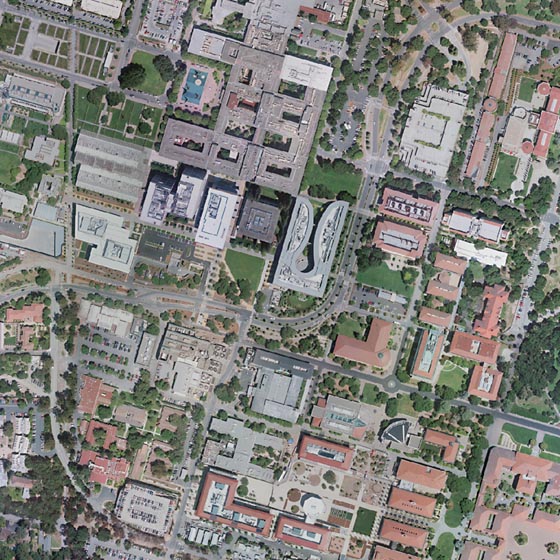
- Hospital & Clinics
World-renowned for advanced treatment of complex disorders

- Cancer
World leader in cancer research, prevention, and treatment
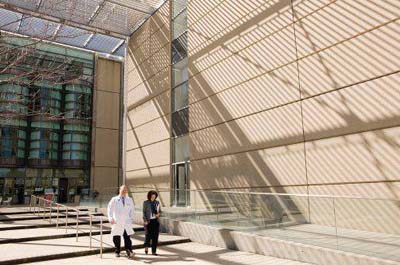
- Stem Cell
First in stem-cell research and clinical trials, pioneering regenerative medicine
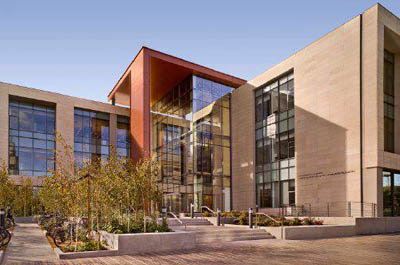
- Basic Biomed
Basic research of biological problems related to medicine
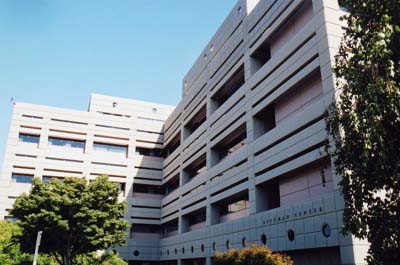
- Clark Center
Bio-XInterfacing the schools of engineering, medicine, and humanities and science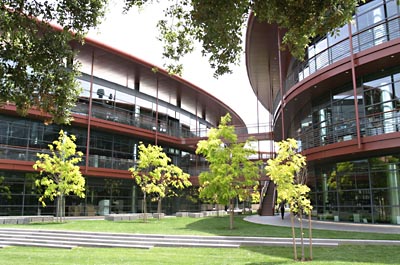
- Chemistry
Research in a myriad of contemporary areas of chemistry, using world-class instruments
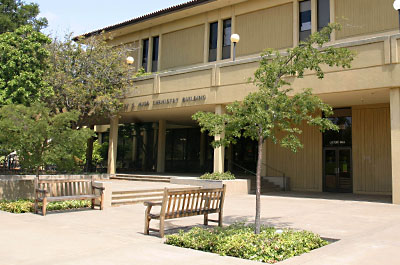
- Computer Science
Basic research and applications, from A.I. to scientific computing
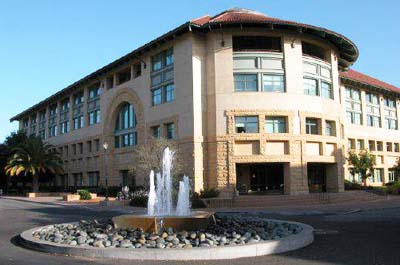
- Physics
Researching astro-, cosmological, particle, atomic/laser, and condensed-matter physics

- Engineering
Creating pivotal technologies to make the world a better place
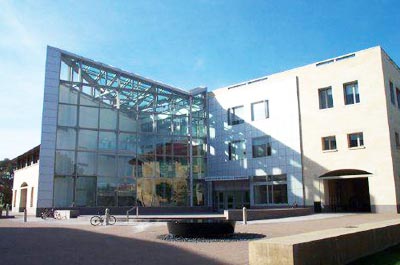
Culture of support and inspiration
No other place offers such an atmosphere of collaboration across so many disciplines. But this ethos is not just a happy accident of location—it is our culture.
At Stanford, students are actively encouraged to reach out to peers in other fields and in industry, to forge new partnerships and find fresh approaches. Not only does this broaden their experiences and perspectives, it lays a foundation of relationships and collaboration that fosters success as students and beyond.
Our deliberate emphasis on collaboration also creates something truly special in academia—an optimistic environment of mutual inspiration, support, and encouragement. You will hear it said often: "At Stanford, everyone wants everyone else to succeed." We are colleagues, neighbors, collaborators, and friends.
Centers of collaboration
From the SLAC National Accelerator Laboratory to the Stanford Genome Technology Center, Stanford Biosciences students work alongside leading researchers at these centers of collaboration. Learn More
Beyond the lab
Stanford Biosciences aims to educate students to be leaders and innovators, who understand the science of their solutions as well as the people, issues, and systems they hope to impact. Below is a sampling of interdisciplinary and industry initiatives where you can take your research beyond the lab:
Bio-X
At the crossroads of our campus, the first-of-its-kind Bio-X initiative facilitates interdisciplinary research between biology and other fields. Bio-X has already stimulated more than 200 scientific partnerships and awards research grants and fellowships.
Spectrum
Spectrum accelerates translation of basic research findings into clinical applications by providing support in the clinical-research process, core facilities, training opportunities, and a mentorship program. Students can learn about clinical research, participate in a study-design workshop, and take part in pilot programs Biodesign and SPARK.
SPARK
SPARK bridges the gap between lab discoveries and clinical treatments. The program provides roughly 10 Stanford discoveries each year with expertise on drug development, dedicated core laboratory facilities, and sources of funding to support translational efforts. Stanford investigators, including graduate students, can get involved in this transformation and learn how to bring research from bench to bedside. Nearly half of SPARK projects have progressed to commercialization.
CHIPS
Cross-disciplinary Healthcare Innovation Partnerships at Stanford (CHIPS) brings together students interested in healthcare. Biosciences, medical, business, and engineering students participate in the networking events, innovation forums, and seminars.
Biodesign
As part of the university-wide Bio-X community, Biodesign includes faculty and students from over 40 departments. The program's mission is to train students, fellows, and faculty in the biodesign process: starting from the identification of an unmet medical need through the prototyping and testing of the technology. Key components include Biodesign Innovation Fellowships, classes in medtech innovation, mentoring in the technology-transfer process, career services, and community-education events.
Other Stanford Resources
Stanford's business, biodesign, engineering, and design school courses give students the tools, knowledge, and support to start companies.
